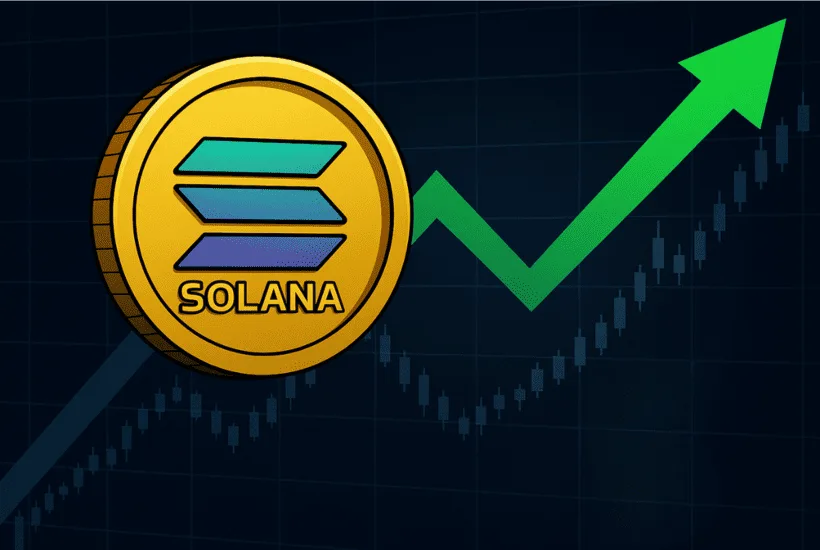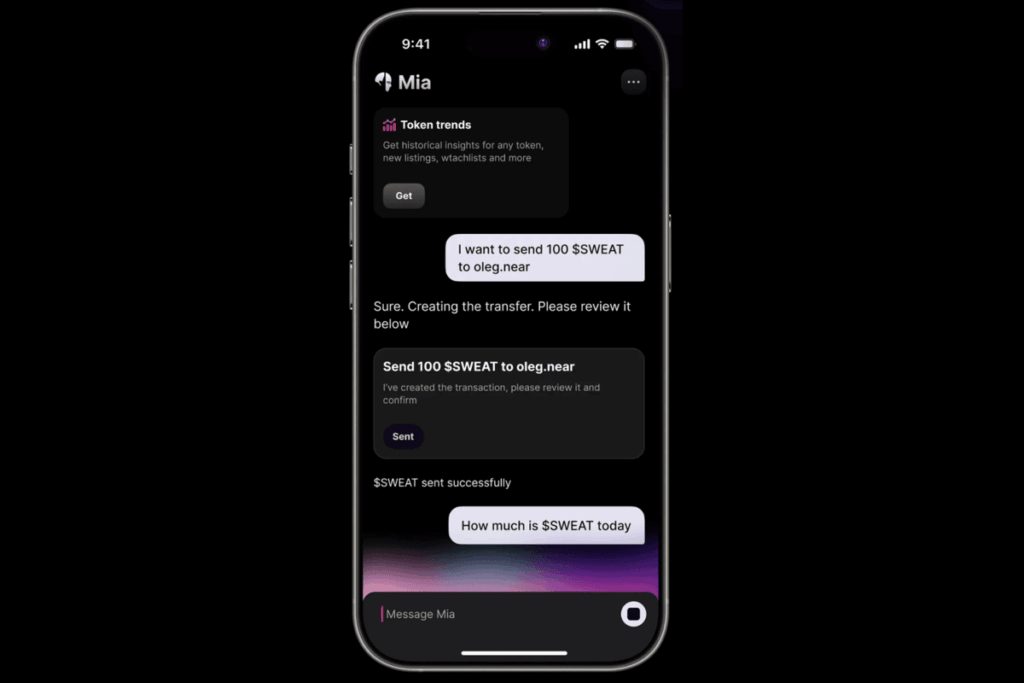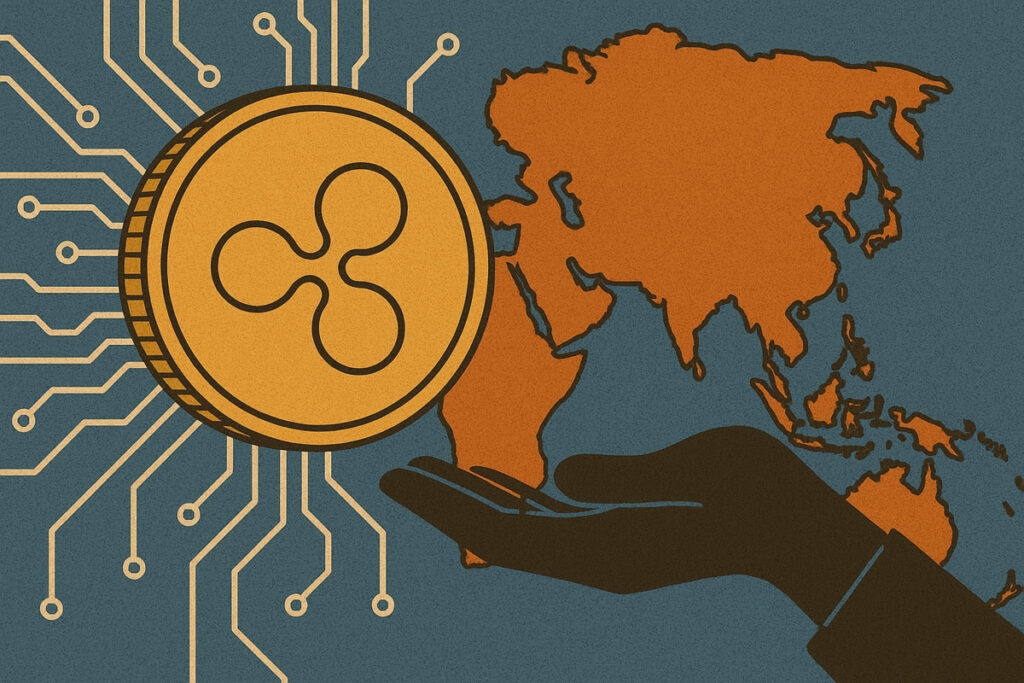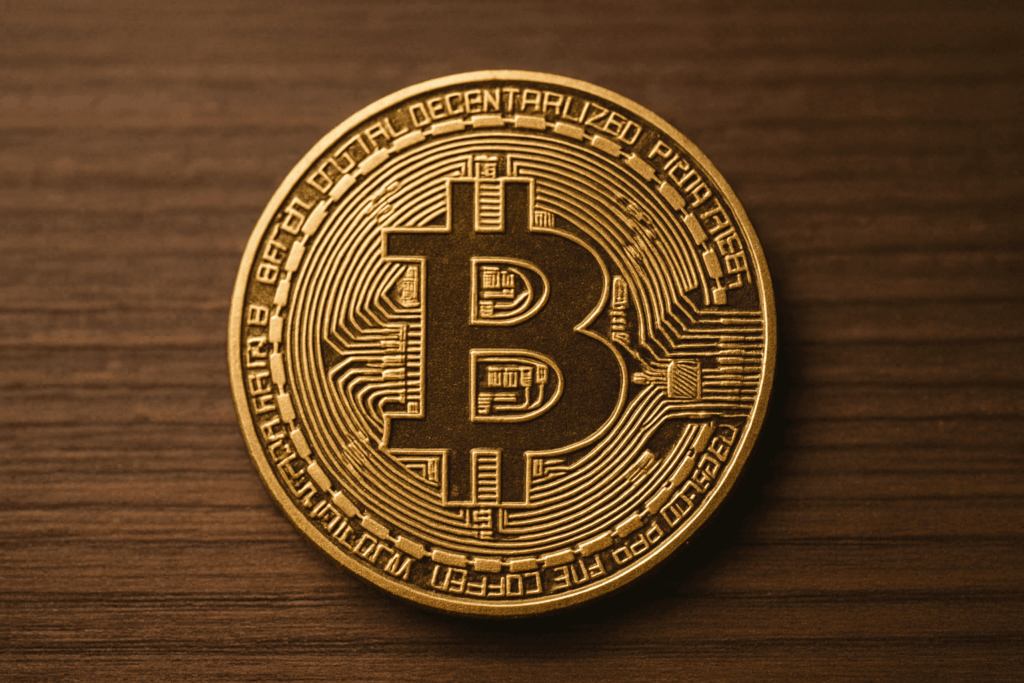- Solana matched all L1 and L2 chains combined in monthly active addresses for June 2025
- Generated over $271 million in Q2 network revenue, maintaining top spot for third straight quarter
- SOL defended $149 support zone after brief dip below key $150 threshold
Solana (SOL) has emerged as the dominant force in blockchain network activity, matching the combined monthly active address count of all other Layer 1 and Layer 2 chains in June 2025, according to data from analytics firm Artemis. The milestone underpins the network’s continued user expansion and economic throughput, even amid short-term market turbulence.
At the same time, Solana maintained its lead in network revenue for the third consecutive quarter, generating more than $271 million in Q2 2025, per Blockworks. The revenue comprises transaction fees and out-of-protocol tips, indicating sustained utility and user engagement across the ecosystem.
Network performance outshines price movement
Despite this robust on-chain momentum, SOL price dipped 1.45% over the past 24 hours, falling from $151.41 to $149.21 between July 6 at 19:00 UTC and July 7 at 18:00 UTC, as per CoinDesk Research’s technical model. The broader CoinDesk 20 Index was down 0.56% in the same period.
Newsletter
Get weekly updates on the newest crypto stories, case studies and tips right in your mailbox.
SOL’s trading spanned a $4.58 range, hitting an intraday high of $153.67 before retreating below the $150 psychological level. A spike in trading volume over 925,000 tokens at 21:00 UTC on July 6 marked the peak, which was followed by a sharp downturn. Still, late-session buying near $149 helped stabilize the price, with a mild 0.37% recovery lifting SOL back to $149.31.
On-chain activity signals resilience
Solana’s ability to maintain high network usage and economic output during volatile periods sets it apart from its peers. Matching all other major chains in monthly active users reflects both a vibrant developer ecosystem and increasing real-world usage of Solana’s high-throughput, low-cost infrastructure.
The consistent rise in network revenue also strengthens the argument for Solana’s fee model as sustainable even as rivals continue to battle for market share. These performance indicators suggest that while price faces near-term resistance, Solana’s long-term value proposition remains intact, supported by fundamentals.
As developers and users continue migrating to Solana, its active community and protocol-level economics may serve as a backbone for broader adoption in both retail and institutional markets.









